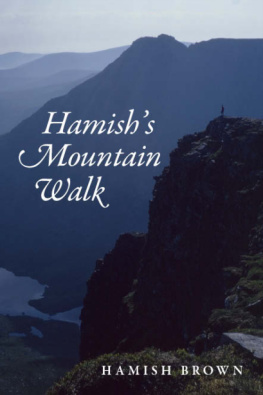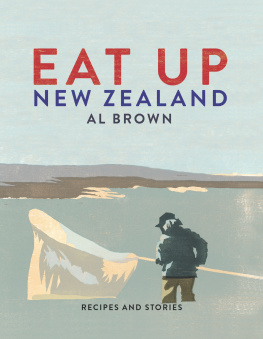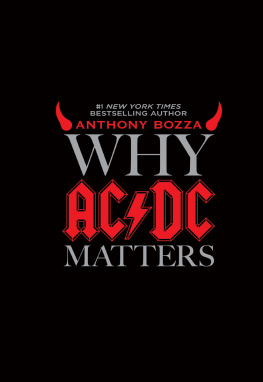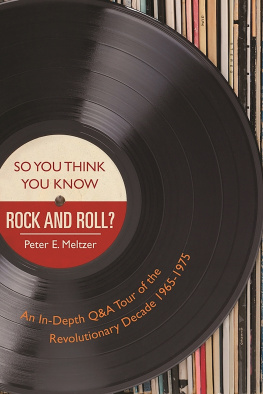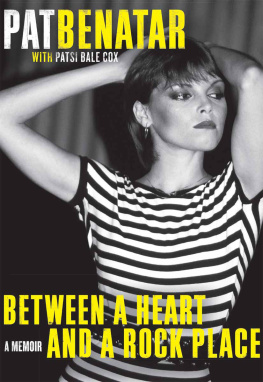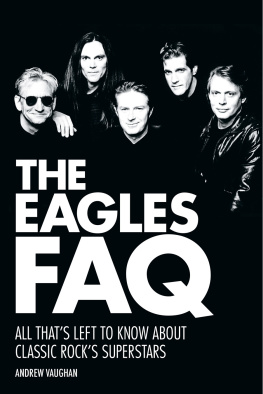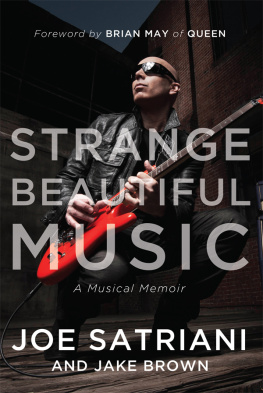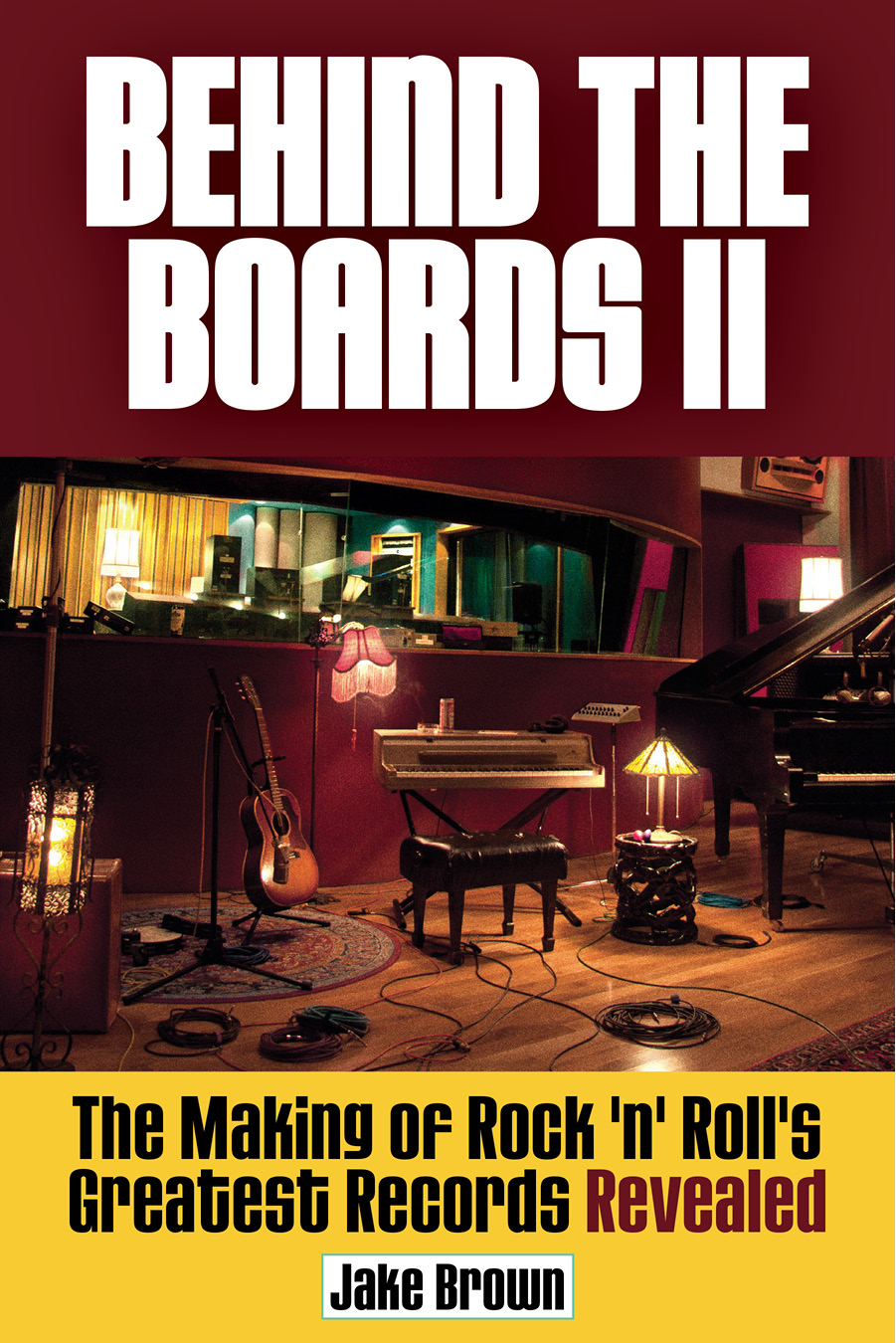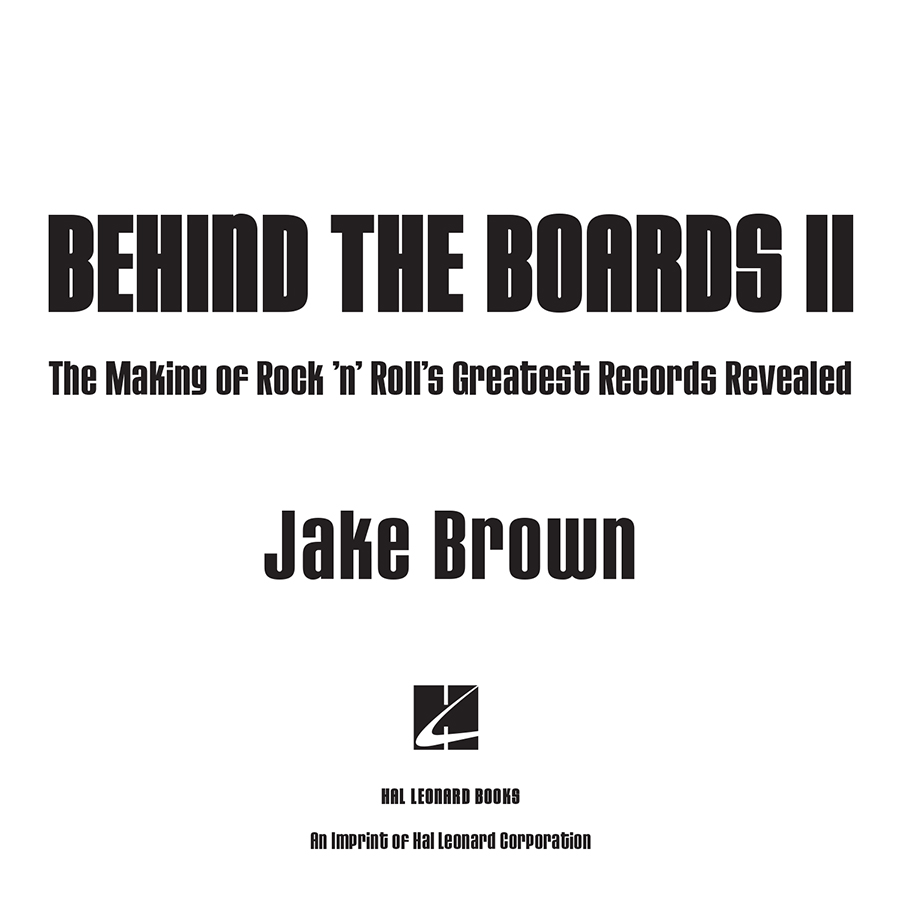Copyright 2014 by Jake Brown
All rights reserved. No part of this book may be reproduced in any form, without written permission, except by a newspaper or magazine reviewer who wishes to quote brief passages in connection with a review.
Published in 2014 by Hal Leonard Books
An Imprint of Hal Leonard Corporation
7777 West Bluemound Road
Milwaukee, WI 53213
Trade Book Division Editorial Offices
33 Plymouth St., Montclair, NJ 07042
Printed in the United States of America
Book design by Leslie Goldman
Book composition by Kellner Book Design
Library of Congress Cataloging-in-Publication Data
Brown, Jake.
Behind the boards II : the making of rock n rolls greatest records revealed / Jake Brown.
pages cm
ISBN 978-1-4803-5060-1
1. Sound recording executives and producers--Interviews. 2. Popular music--Production and direction--History. 3. Popular music--History and criticism. I. Title.
ML3790.B7763 2014
781.66149--dc23
2014007444
www.halleonardbooks.com
This book is dedicated to the late, great Mike Shipley (October 1956July 2013). Thank you for blessing the world of rock n roll with the great gift of your ear. RIP.
CONTENTS
Project Thank-You(s): I would first and foremost like to thank John Cerullo and the fantastic staff at Hal Leonard Books for the opportunity to continue this series into its second volume, and to thank the producers, both for the music you gave us and for sharing the behind-the-scenes studio stories of their creation in the pages of this book: Ken Scott, Bill Szymczyk, Nigel Gray, Howard Benson, Danny Kortchmar, Jim Gaines, Narada Michael Walden, Mike Shipley, Keith Forsey, Mike Flicker, Bill Bottrell, Nick Raskulinecz, Frankie Sullivan, Chris Kimsey, Joe Blaney, and Chris Tsangarides.
Personal Thanks: James and Christina Brown; Sgt. Joshua Brown (Ret.); Carrie Brock and little Hannie, and the best dog buddy ever, Scooter; Bill and Susan Brock; the extended Brown and Thieme families; Alex, Ellen Jackson, and Wilhelmina Schuchard; Andrew and Sarah McDermott; Cris Ellauri; Adam and Shannon Perri; Sean Fillinich; Bob OBrien and Cayenne Engel; Alexandra Federov and Larry Jiminez; Richard, Lisa, and Regan Kendrick; Joe Viers; Paul and Helen Watts; Aaron Harmon; Freddy and Catherine Powers; Kenny Aronoff for the friendship and literary collaboration; Melanie and Jim Choukas-Bradley; Glenn Yeffeth et al. at BenBella Books; Joe Satriani and Mick Brigden; Tony and Yvonne Rose/Amber Books for giving me my start; Jack David et al. at ECW Press; John Blake Publishing; BearManor Media; Cherry Red Books; Ed Seiman et al. at MVD Music Distribution; and anyone and everyone else who has contributed to my personal, professional, and creative well-being over the past thirty-seven years.
Chapter 1
I am not a musician, I approach record production from the board,
the console is my weapon.
Bill Szymczyk
When Billboard magazine spotlights a record producer as one of the greatest... of his time, you need a greatest hits collection to back that stature, and in both skill and sales, few measure up to Bill Szymczyks track record. Whenever you tune in to your local classic rock radio station, you hear Szymczyks sound, whether jamming out to Joe Walshs greatest hits, from Rocky Mountain Way, Funk #49, All Night Long, or the seminal Lifes Been Good to Me So Far, to the bulk of the Eagles biggest #1s, including the legendary Hotel California, Life in the Fast Lane, New Kid in Town, One of These Nights, Take It to the Limit, Already Gone, The Long Run, I Cant Tell You Why, In the City, and Heartache Tonight. Szymczyk shot to the top of the charts with other rock n roll pop culture staples including Rick Derringers Rock and Roll, Hoochie Koo, B. B. Kings The Thrill Is Gone, Elvin Bishops Fooled Around and Fell in Love, the Whos You Better You Bet, and Bob Segers Against the Wind among others that the producer proudly attributed to a by-product of his ambition from the very start of his career
to pattern myself after two engineer-producers, Tom Dowd on the American R&B side and Glyn Johns on the bombastic rock n roll side, and I tried to do a combination of the two. I grew up in Muskegon, Michigan, which is way up in the northern part of the state, and one night I discovered WLAC in Nashville, and they were rocking R&B and the blues, and up in Muskogee, it was all white-bread, so Id never heard anything like this. So I started sending away for their Midnight Blues special, six singles by Jimmy Reed, John Lee Hooker, B. B. King, stuff like that, and thats when my musical education started.
Not the typical child tinkering with electronic devices around the home, Szymczyk didnt discover his talent for auditory arts until his later teens. Unlike those who popped their heads into a studio out of curiosity one afternoon after school or wound up in one for the first time courtesy of a band they were playing in that wanted to cut their first demo, Szymczyk and his fate first found one another after
I joined the Navy when I was seventeen. This was 1960, so at that time, the biggest threataccording to the Pentagonwas Russian submarines, so they placed a high priority on sonar operators to track down subs. So everybody that went into the Navy, every enlistee, was given a (audio) test, and no matter what you wanted to do in your Naval career, if you scored in the top 5 percent of your test, which was basically pitch-perception, then you were going to automatically be sent to Sonar School in Key West, and I scored high and away I went.
I got out of the Navy in 1964, and three weeks before I got out, I was in a car driving down from Newport Island to New York City, where I knew Id be relocating when I got discharged, and I heard I Wanna Hold Your Hand for the first time, and went Holy shit! Whats that about? And then three weeks later I was a floor sweeper in a recording studio. It couldnt have worked out better.
Indeed, Sound on Sound magazine would report on his foot in the door that
a friend got him an interview at Dick Charles Recording, a studio heavily used by the new generation of songwriters that came up as the old Tin Pan Alley faded in the city. Don Kirshner was running Screen Gems Music, with staff writers like Carole King, Gerry Goffin, Neil Sedaka and Neil Diamond, who were using the studio to cut demos to acetate... For seventy dollars a week, Szymczyk made the acetate copies of the demos that were being churned out on Dick Charles Recordings mono machines at a furious pace, in the days before the singer-songwriter undercut the notion of the professional pop composer. Within a year, though, he had worked his way into the engineers seat, cutting some of the demos by ping-ponging back and forth on a pair of mono tape decks. The next serendipitous occurrence took place in 1967 when Szymczyk met Jerry Ragovoy, producer for R&B artists like Paul Butterfield, Dusty Springfield and Dionne Warwick, who was preparing to open the Hit Factory studio at its original location at 701 Seventh Avenue.
Working as the Hit Factorys first lead engineer under the tutelage of Ragovoy, Szymczyk worked for several years as a freelance engineer, recording many of the studios early albums by groups including the Fifth Estate and others. While a promising gig, Szymczyks true make-or-break moment to step out as a producer in his own right came in the late 60s when he took a massive pay cut from $1,000 a week to a $300-per-week salaried gig as a staff producer for ABC Records. Excited by the opportunity to work as a staff producer for a major label, the producer would soon see his gamble pay off when






